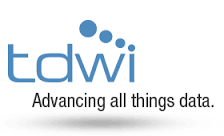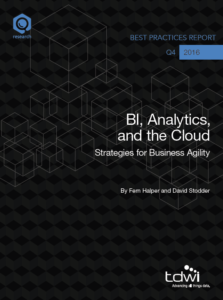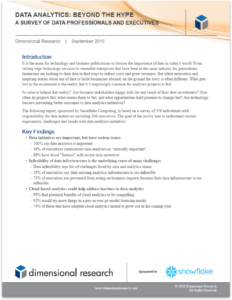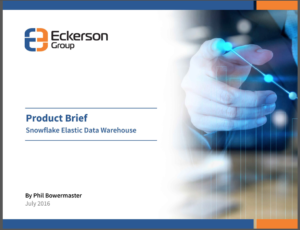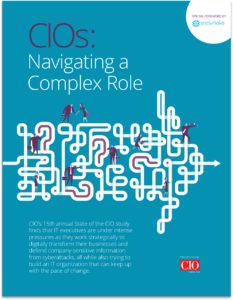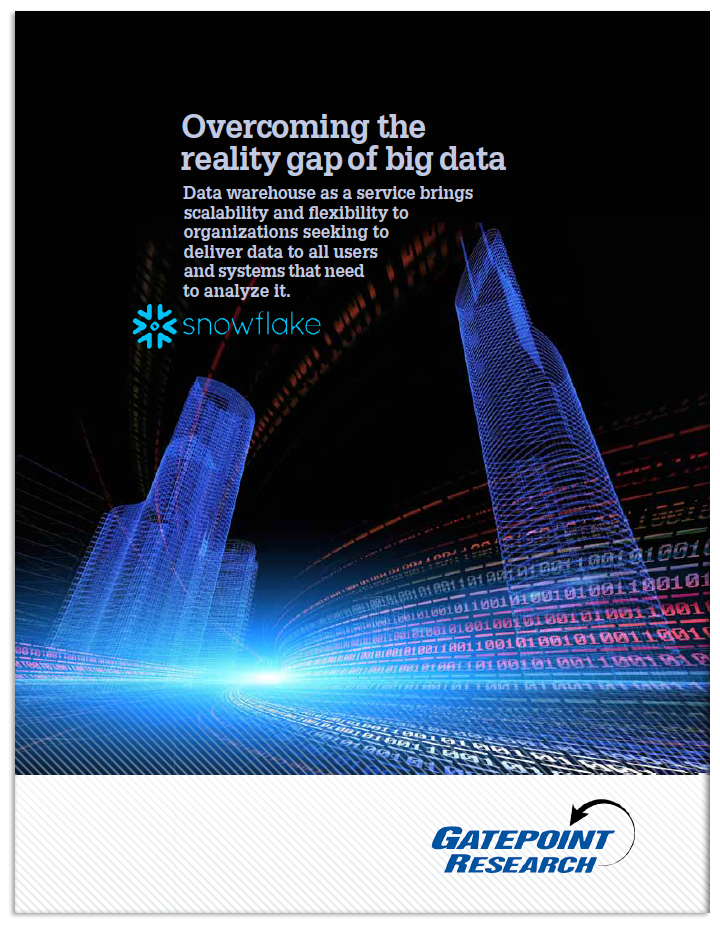Tech businesses are looking to achieve insights and make strategic decisions through the use of superior analytics. The key to performing advanced analytics is a single source of data truth across the organization. But data silos make harnessing the value of data time-consuming and expensive. Governance and collaboration are also often impossible to achieve across different technologies and clouds.
Improving your architecture will help eliminate data silos so you can attain greater business insights and collaborate on data more easily and securely. A modern data architecture also serves a variety of real-time needs for different users and enables a 360-degree customer view.
Many tech businesses are rearchitecting their tech stack on the Snowflake Data Cloud. In this ebook, learn how Snowflake’s technology partners and customers are tapping the flexibility of a cloud-based data platform to help build new products, solutions, and services and improve service delivery.
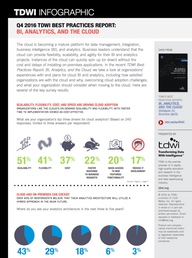 The cloud is becoming a mature platform for data management, integration, business intelligence (BI), and analytics. Business leaders understand that the cloud can provide flexibility, scalability, and agility for their BI and analytics projects. Instances of the cloud can quickly spin up (or down) without the cost and delays of installing on-premises applications. In the recent
The cloud is becoming a mature platform for data management, integration, business intelligence (BI), and analytics. Business leaders understand that the cloud can provide flexibility, scalability, and agility for their BI and analytics projects. Instances of the cloud can quickly spin up (or down) without the cost and delays of installing on-premises applications. In the recent 